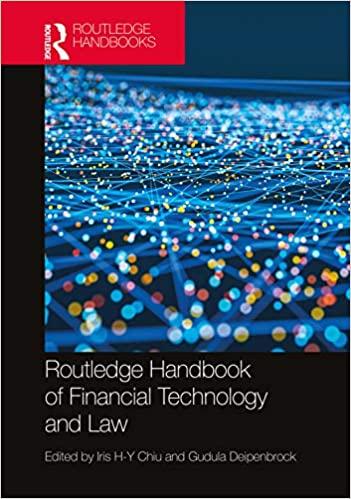Question
After graduating from an MBA Program on the East Coast, Michael Strahan had started working for a mining company. His company is evaluating two projects:
After graduating from an MBA Program on the East Coast, Michael Strahan had started working for a mining company. His company is evaluating two projects: One of them requires a smaller investment, and then will create a big, positive cash flow in the first year; and then smaller cash flows after that. The second project is a relatively bigger project. It will require a larger cash flow at the beginning, and then will bring in a relatively small cash flow in the first year. But, this second project will create much larger cash flows in the years after that. Michael has been given the task of evaluating these two projects and choosing the best one for his company. Initially he thought that this would be an easy task for him. He would just try to accurately predict the cash flows from the two projects and then evaluate them using some of the capital budgeting techniques that he had learned when he was at school.


Step by Step Solution
There are 3 Steps involved in it
Step: 1

Get Instant Access to Expert-Tailored Solutions
See step-by-step solutions with expert insights and AI powered tools for academic success
Step: 2

Step: 3

Ace Your Homework with AI
Get the answers you need in no time with our AI-driven, step-by-step assistance
Get Started


